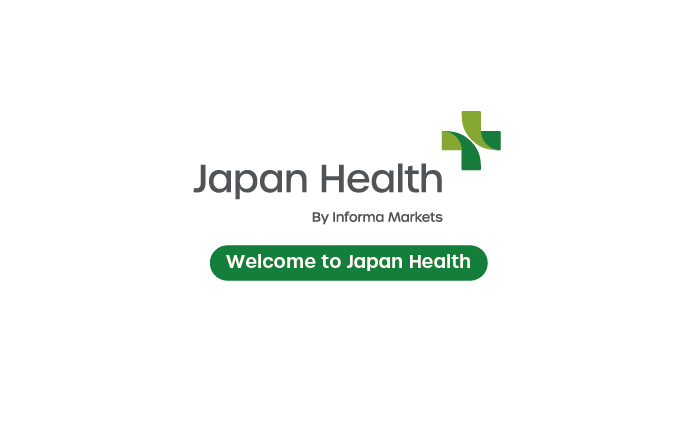On-demand virtual care may not lead to cost savings down the line
A new study linked direct-to-consumer telemedicine visits to more downstream office and urgent care visits.
A study by University of Michigan researchers published in Health Affairs this month found that direct-to-consumer telemedicine visits for acute respiratory infections were linked to more downstream visits.
The researchers found that patients with initial direct-to-consumer telemedicine visits were more likely to obtain follow-up care within seven days than those who had sought in-person visits.
“Our findings suggest that as telemedicine use and growth are sustained, direct-to-consumer telemedicine by a third-party provider may lead to more downstream visits with associated increases in cost when compared with in-person care,” wrote the researchers in the study.
At the same time, they noted, this may be offset by savings from fewer emergency department visits and opportunity cost savings.
The issue of telemedicine spending has loomed large over discussions around the future of virtual care, particularly where regulations are concerned.
“There may be cost savings if the telemedicine encounter resolves the issue; however, a potentially inadequate telemedicine evaluation may lead to more downstream visits, such as secondary office or urgent care visits, adding additional costs,” they wrote.
For this study, researchers focused on direct-to-consumer medicine: a live-video-based encounter initiated by the patient on demand.
“These visits are most commonly performed by clinicians who work for national for-profit companies with whom the patient has no existing relationship and who lack access to prior medical records – although many health systems and some practices now also offer on-demand visits for patients under their care,” read the study.
The research team distinguished this from telemedicine visits provided by the patients’ own primary care providers, as well as from telehealth consults and asynchronous telemedicine.
For this study, researchers focused on acute respiratory infections, one of the most common reasons patients seek unscheduled care. They used Blue Cross Blue Shield of Michigan insurance claims for 86,143 index visits – roughly 28,716 telemedicine visits and 57,427 in-person.
Researchers found that 10.3 percent of episodes initiated via direct-to-consumer telemedicine led to related downstream visits, compared with 5.9 percent of the in-person control visits.
That said, in-person visits were more likely to lead to downstream emergency department visits.
Although the exact cause for the follow-up visits was unknown from claims data, researchers said, “Patients may use direct-to-consumer telemedicine out of convenience but then seek further evaluation, either because they have been directed to do so or because their symptoms worsened.”
Alternatively, they said, “the additional follow-up care may result from concerns about the inability to conduct a physical exam or the quality of care provided by a telemedicine visit.”
Telehealth use has spiked during the COVID-19 pandemic, with some companies seeing influxes of capital in response to relaxed regulations and patient interest.
It’s not clear at this point, however, how some major telehealth players will fare in the near future. Amazon, for instance, announced earlier this year that it would expand its telehealth offerings into all 50 states – but the uneven virtual care regulatory landscape could make similar moves trickier for less-moneyed companies.
“Given that acute respiratory infection is the most common reason for direct-to-consumer telemedicine visits, our study provides additional information for stakeholders to consider when weighing the costs and benefits of long-term regulatory changes that would expand or restrict direct-to-consumer telemedicine coverage,” wrote the University of Michigan researchers.






























